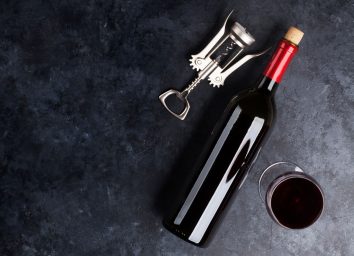I Used a Wine Condom on My Wine Bottle—Here Is My Honest Review
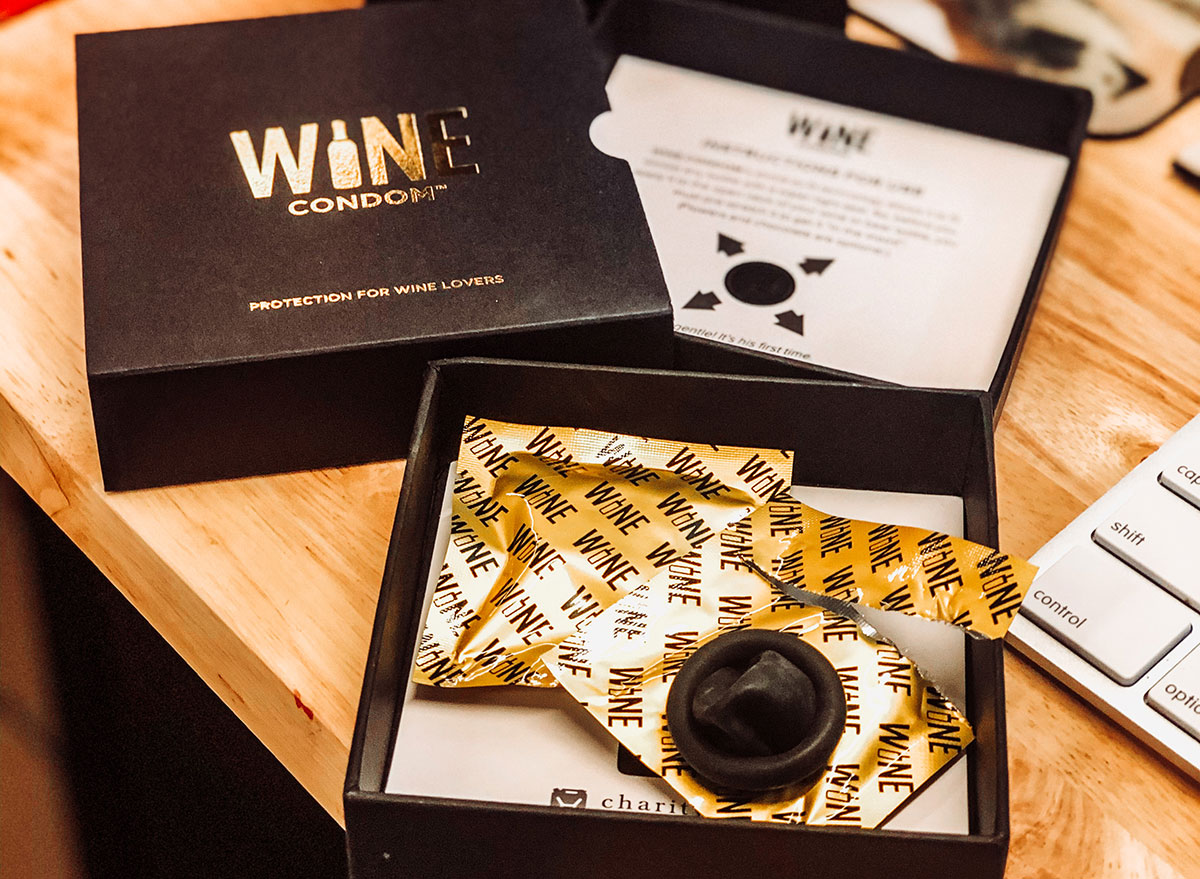
What did the grape say when it was crushed? Nothing, it just let out a little wine.
How about when you can't polish off a bottle of wine after opening it? Instead of whining like the squashed grape, why not just cork it with a special, rubber stopper?
With Galentine's Day and Valentine's Day coming up this week—for me and my inner circle of friends—that means lots of wine for both the single Pringles and the taken bacons. When I went looking for some gifts to give to my friends for Valentine's Day, I stumbled upon the wine condom. Yep, that's right, a condom—but for wine.
After doing some research on this gag gift-turned reusable wine storing tool, I knew it was the perfect gift to give to my gal pals on the most romantic day of the year. You know, to either get a giggle (or cringe) out of them? But first, I thought I'd give it a whirl to see if it was the real deal before I decided to stick a bow on it and slide it into my friend's valentine.
OK, so what exactly is a wine condom?
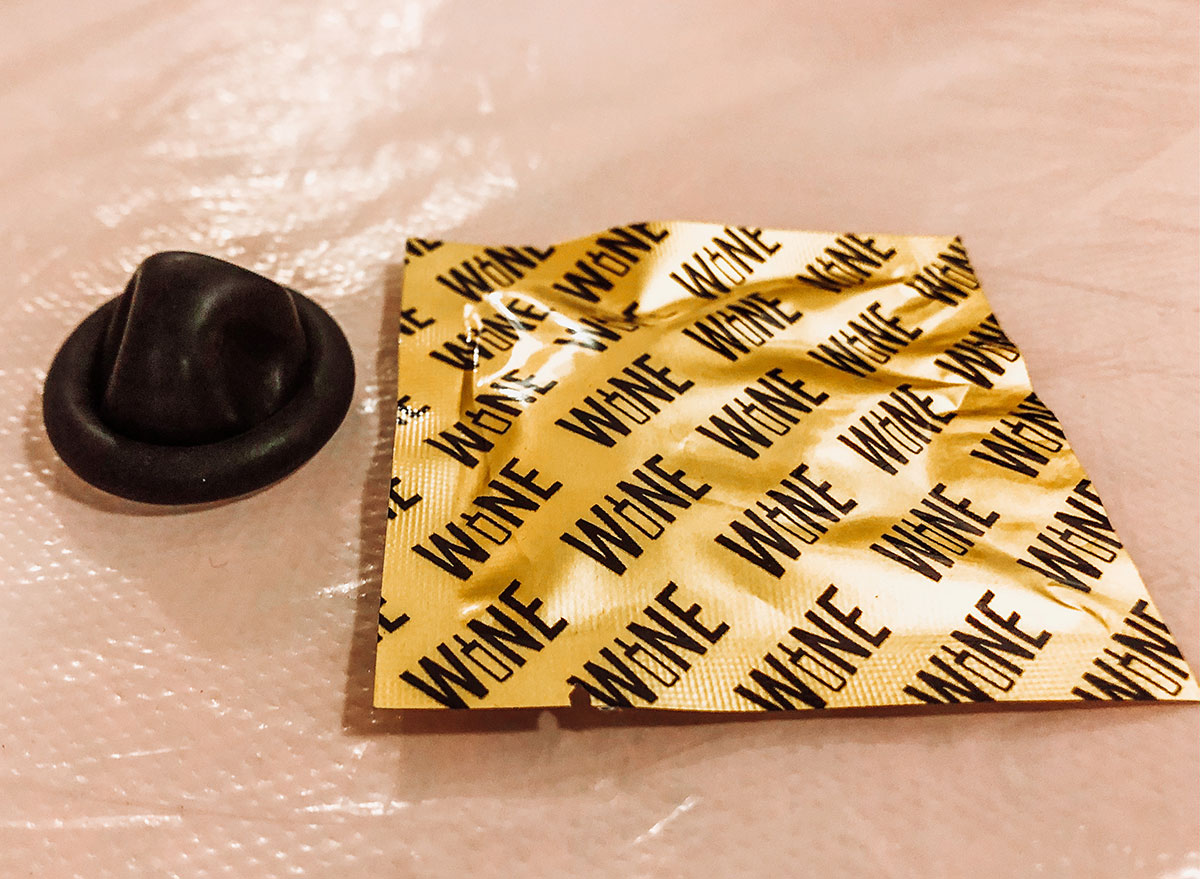
The wine condom is a protective wine covering that, on paper, boasts the perfect balance of functional and fun. The founders of the wine condom—(which, oddly enough is a mom and son duo)—launched a Kickstarter campaign in 2014 to fund the creation of their hilarious, yet practical, invention. Since then, their funny idea has blossomed into a full-fledged business.
I wanted to see just how well these wine condoms work in comparison to traditional wine stoppers, so I bought four bottles of wine—two bottles of Woodbridge Cabernet Sauvignon and another two of Riesling—and divvied up the wine condoms and stoppers. For the wine stoppers, I just grabbed two generic wooden cork ones with plastic decorative tops.
I poured the same amount of wine out of the two red bottles as I did for the white ones before I sealed one bottle of red wine and one bottle of white wine with a wine condom. The remaining bottles were sealed with the actual wine stoppers.
I actually found it easier to put the wine condom on the bottle of wine than the wine stopper. This was probably because, instead of having to lodge the stopper into the spout of the wine bottle, all I had to do was stretch the wine condom across the top of the bottle and lightly roll down the rubber.
How does the wine condom work?
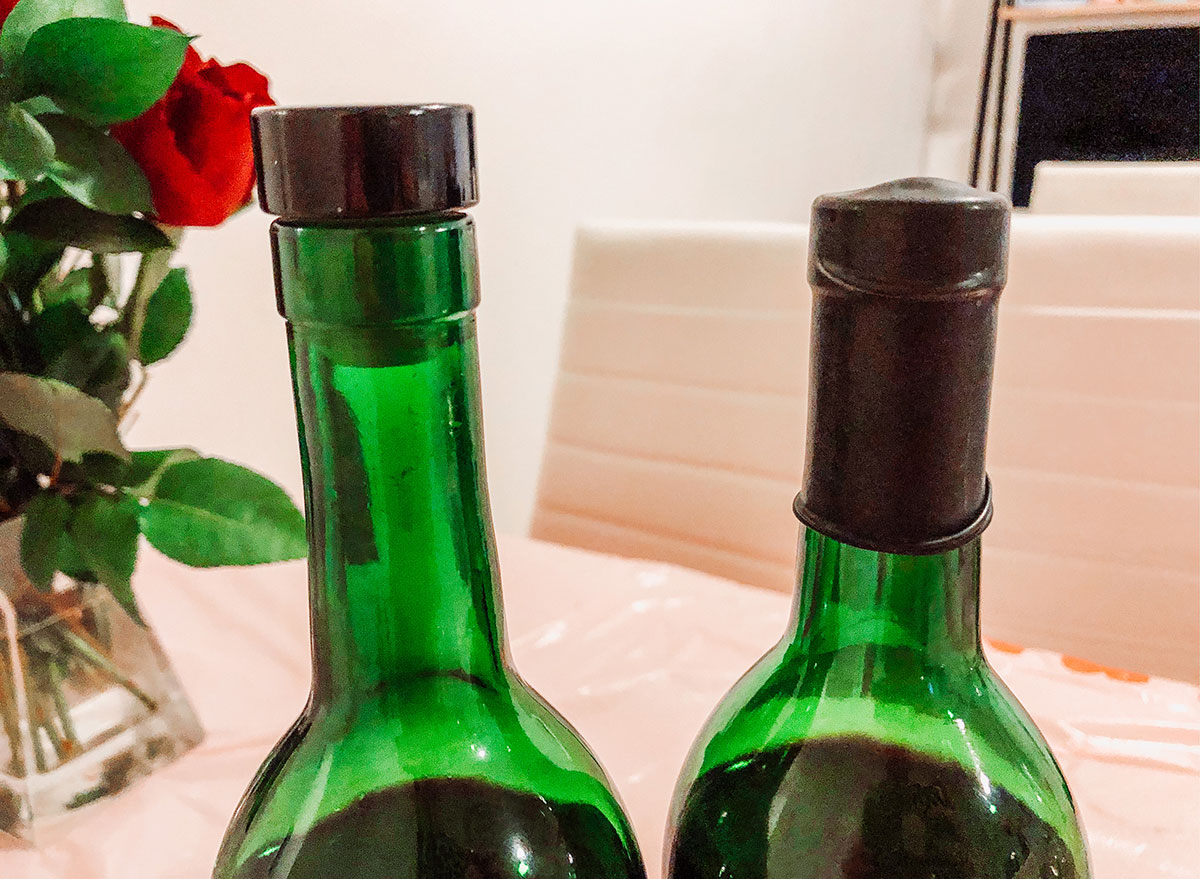
The wine condom employs shrink-to-fit technology that allows you to seal almost any opened bottle so that no water or air seeps in. And unlike a normal condom, the wine condom is completely reusable, as long as you are gentle. Naturally, pulling too hard on the rubber seal could cause it to rip or tear.
Similar to a normal condom, you can just slip it in your pocket and forget about it until you absolutely need it. I also want to highlight the company's witty marketing plugs, my favorite being this question: "Plan on getting 'lucky' with your next glass of Merlot or Chardonnay?"
Think about it, you can now seal that unfinished bottle of wine at that restaurant down the street you love and take it home without having to worry about any spills. The thin texture of the wine condom also allows it to fit better in snug places.
Most bottle stoppers add too much length to be placed upright in the refrigerator or even in cabinets. Wine condoms, on the other hand, don't take up any extra room and work for both upright or side-lying storage. As the brand states on Amazon, "The leak-proof technology means you can pick your favorite position; talking about storage of course."
Here's what happened after I tested out the wine condom.

After putting the bottles of wine—each with their respective stoppers and condoms—in the fridge, we waited 24 hours before cracking them open again. Upon removing both types of seals, I immediately noticed a difference in the two wine bottles that had been covered with the wine condoms. The tops of the wine condoms had expanded, almost like a balloon, which was indicative of air build-up.
When I removed the wine condoms from the bottles, they made a popping noise, as if I had just opened a bottle of Champagne. The regular wine stoppers also made a popping noise but didn't release any air as the wine condoms did. I also noticed that the bottles of wine that had the wine condoms on had a faint vinegar smell.
Something else I noticed was that the white wine with the wine condom actually had a much more pleasant taste the second day than the one that was sealed with the cork. The Reisling with the wine condom still had a nice bite whereas the one with the cork was a bit fizzy. The bottle of Reisling with the wine condom also tasted fresher to me and my two friends. We all agreed the wine condom Reisling was sweeter and more pleasurable to drink on day two than the bottle with the wine stopper.
The same cannot be said, however, for the Cabernet Sauvignon unfortunately.

The bottle of Cabernet Sauvignon with the wine condom smelled and tasted completely different than it did the day before—and not in a good way. The bottle of red that used the wine stopper smelled exactly the same from the night before, and it tasted perfect. Conversely, the red wine from the wine condom tasted dry (kind of like the wine you get at communion) and wasn't as smooth as the night before. It also seemingly developed a nuttier flavor.
This change in smell could be attributable to the red wine's exposure to air. It's possible that the wine condom isn't as air-tight as it's advertised. Oxidation, or the chemical reaction that occurs when wine is exposed to air, can cause wine to lose its fruity notes and aroma, and develop a nuttier taste. It's possible that we didn't allow our red wine enough time to breathe after removing it from the fridge, but it was worth noting nonetheless.
So, should you buy the wine condom?
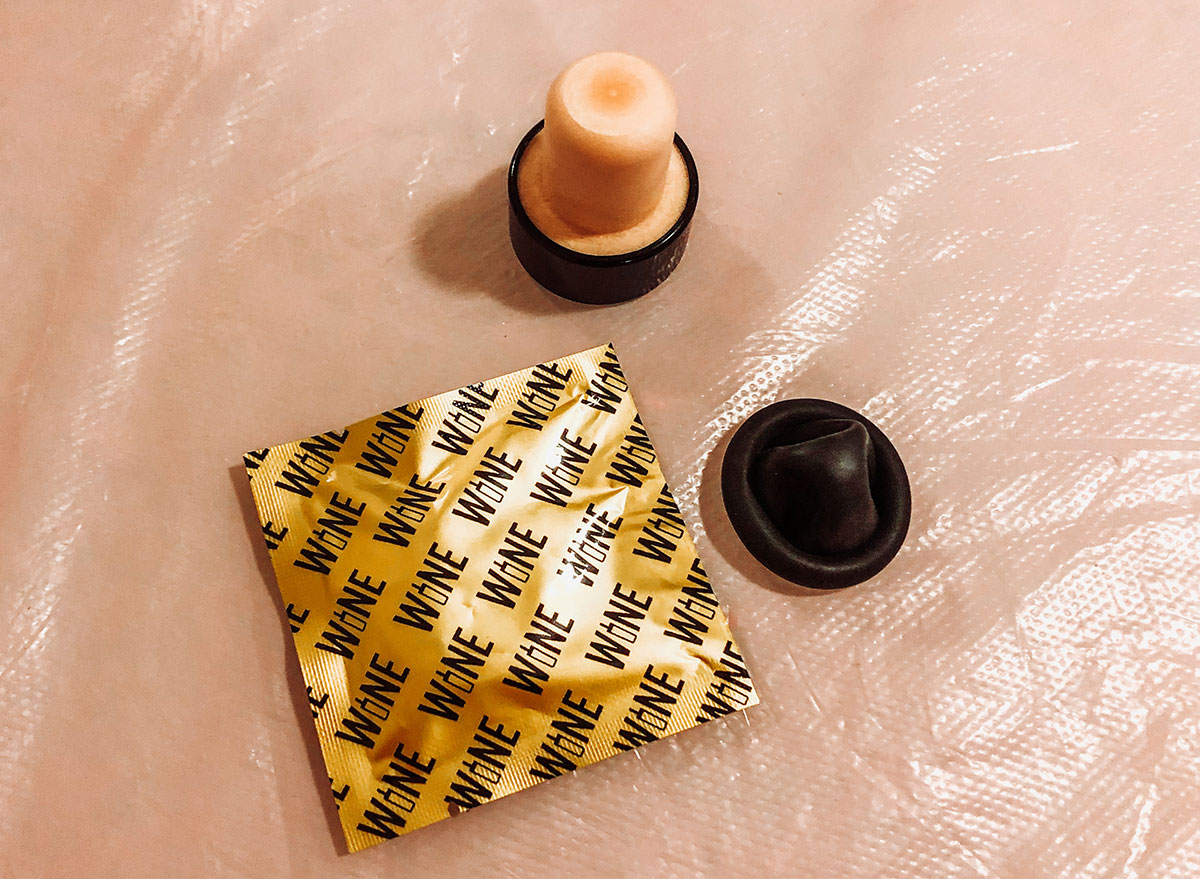
Is the wine condom worth purchasing, or should you just stick to your old fashioned wine stopper? The bottom line is this: If you want to get a laugh out of your friends and they also happen to be white wine drinkers, we think it's worth the buy.


